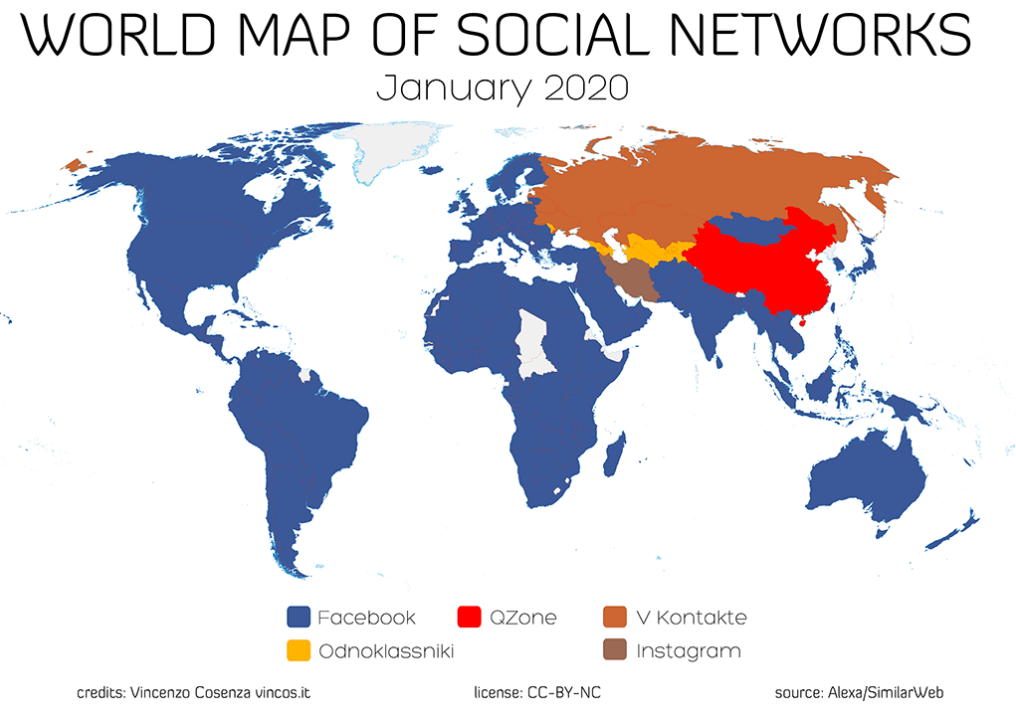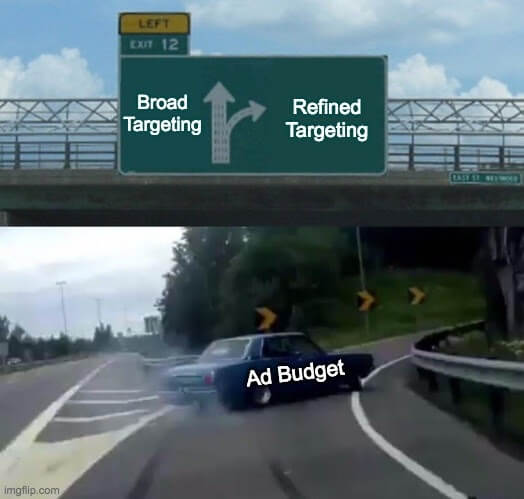How to Target Adult Learners and Non-Traditional Students With Digital Advertising
January 13th, 2021 by
Key Insights
- Use information about current students to find new ones
- Your platform and messaging will depend on your student personas
- Prioritize degrees or programs that contribute to overall success
- Follow the data and don’t be afraid to change your targeting plan
No one would dispute the value of a college degree in the current job market. Not all schools are created equal, though. Each institution has its own values, strengths, and community. That’s why it’s important for college marketers to display the best values of their organizations.
Marketers can support this goal by delivering high-quality leads by targeting the right audience. This is especially important when universities target non-traditional students, also known as “adult learners.” This blog post details some great ways to target non-traditional students and create effective campaigns to reach them.
Analyze the Profiles of Enrolled Students to Define a Target Audience
So, how can marketers figure out which audience to target? Start by painting a picture of the student body. Student profiles, or personas, give marketers a proxy target for prospective students. Colleges often have terabytes of data from inquiries, applications, and enrolled student profiles. This data can be invaluable for determining your personas.
Different programs and schools within the university will have their own student persona (or several personas). The student body in the engineering program will probably look different from the MBA program’s student body. Most importantly, non-traditional students won’t look like newly graduated high school seniors, so it’s critical to know the differences between each student population.
For each program, marketers will also need a good sense of what prospective students look like at each stage of the admissions process. Ideally, marketers should know when people make inquiries, apply, accept admission, and pay tuition to start classes.
What if you don’t have robust data? In these cases, it’s important to work with other departments to build the best profiles possible and develop a strategy.
Find Prospective Students on the Internet
After using data to create a profile of the target audience, the next issue is where to advertise. Marketers can reach prospective students on a variety of websites and apps based on their affinities.
The answer depends on the relevant student persona:
- Schools that attract students straight from high school may target Snapchat, Instagram, or Tik Tok.
- Programs geared toward mostly older, non-traditional students should consider YouTube, Facebook, of certain parts on Reddit.
- Some colleges attract international students, and it may be easier than expected to target huge parts of the world with just a few social media platforms.
Luckily for marketers who want a simplified campaign, all of these groups have Facebook in common (considering that Instagram and Facebook are integrated). It’s not surprising that so many education marketers use Facebook. The platform has great targeting options and 2.7 billion monthly users. Facebook is great for college marketers in general because of the ability to target prospective students based on their locations, ages, and interests. There are other options that are more specific, such as occupation, education, family situation, life events, and more.
Of course, there are always Google Ads campaigns. Placing ads on Google will help with targeting non-traditional learners who are looking for degree programs or the education requirements for making a career change. However, for increased targeting, Google Display is the way to go.
Campaign Structure Tips
With a well-defined audience and various platforms for targeting, the next step is translating this information into a structured campaign. Segmenting ad campaigns based on each degree is a logical first step because messaging can be so different for each program.
For example, a culinary arts program may have two primary personas:
- Entrepreneurs who want to open a restaurant
- Current restaurant employees who want to move up in the industry
Marketers can build one campaign for the entire culinary program and create different messaging and targeting to reach both of these personas.
An effective campaign will also have separate messaging for prospective students who are in different stages of the sales funnel. For example, marketers probably won’t have much luck with a call-to-action like “APPLY NOW!” with people who have only just found out about their culinary program. On the other hand, something lower-touch like “Request more information” or “Sign up for a free admissions webinar” can help nudge prospects from Awareness to Consideration and Conversion.
When setting up targeting, marketers need to compile a list of characteristics for each persona and set up their campaigns to reach those people. Becoming more familiar with each platform’s targeting options will help reach more prospects. For Google Search ads, the most basic targeting is choosing geographic areas. For other campaign types, this usually means additional targeting options. For example, marketers could target people in the market for master’s degrees on Google Display or current community college students on Facebook.
The last step is creating a budget. Each department will have an opinion about where the most budget should go. It may be tricky to come to an agreement everyone likes. The important thing, though, is to focus the budget where it’s most likely to help reach the school’s goals.
Once a campaign is running smoothly, it’s time to sit back, relax, and… constantly optimize your campaigns. If you’d like to talk to a strategist about a campaign you’re planning or are already running, Search Influence has a team of experts ready to help you meet your goals. Contact a member of our team today.
Images




